A New Center for a Growing City
In the late 1970s, Charleston was moving outward. Across the Ashley River, new subdivisions, schools, and shopping centers were reshaping the suburban landscape.
Sam Rittenberg Boulevard, once a quiet corridor, was becoming a commercial artery.
Developers from Jacobs, Visconsi & Jacobs of Cleveland recognized the moment and proposed a project that would redefine retail in the region.
Their plan was Citadel Mall, a fully enclosed, climate-controlled center large enough to serve the entire metropolitan area.
Planning and Site Development
The plan took shape in stages.
The site, located at the intersection of Sam Rittenberg Boulevard and Savannah Highway, was selected for its access and its proximity to the planned Mark Clark Expressway.
The highway would later become Interstate 526, giving the project a direct connection to Charleston's expanding road network.
By 1980, the city had annexed the parcel that would house the Sears store, and rezoning to a general business classification cleared the way for construction.
From the start, Citadel Mall was designed to be different in scale and scope.
The development covered more than a million square feet of floor area and was built on more than fifty acres of land.
It would become the largest enclosed shopping complex in the Charleston area, a regional center that reflected both suburban growth and modern retail trends.
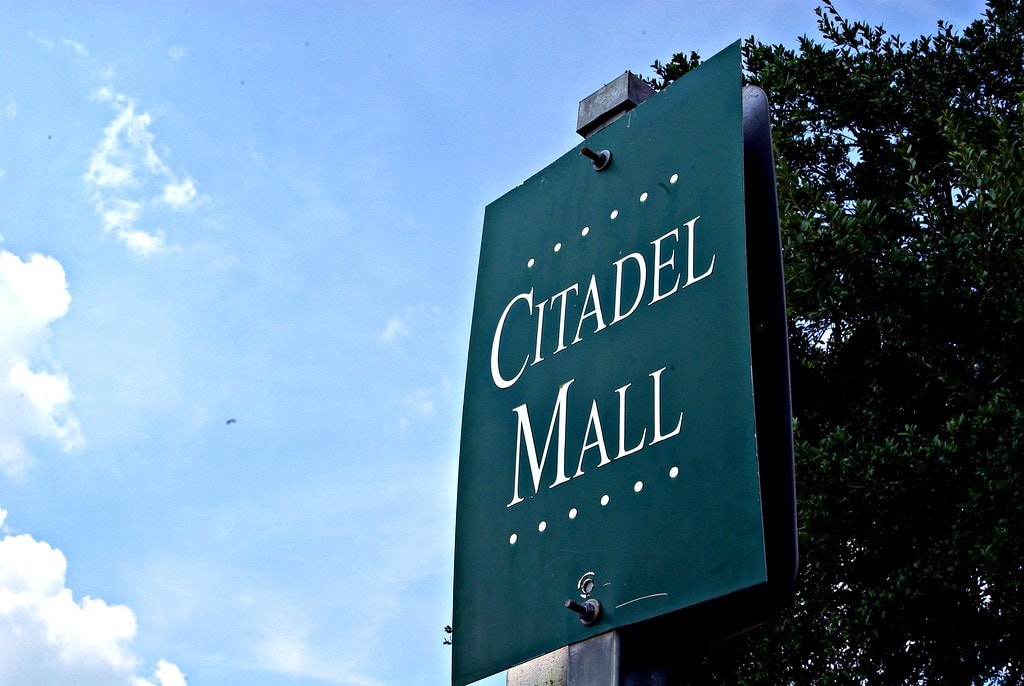
Construction and Tenants
Construction advanced through 1980 and into 1981.
The structure, totaling 1,138,527 square feet, rose quickly along Sam Rittenberg Boulevard.
The design followed the established form of regional malls of the era: a single-level interior concourse with wide walkways, natural light through skylights, and air conditioning throughout.
The exterior included more than 5,400 parking spaces and separate multi-level anchor stores.
When leasing was complete, Citadel Mall had more than one hundred retail spaces, anchored by three major tenants.
Sears relocated from its longtime downtown store at Calhoun and St. Philip Streets, bringing decades of brand familiarity to the new setting.
Belk left the Pinehaven Shopping Center in North Charleston, where it had operated since the 1950s.
Thalhimer's, a department store chain based in Richmond, opened its first South Carolina location at the mall, introducing a new name to Charleston shoppers.
The combination of these anchors gave the project both continuity and novelty.
Long-established local stores joined a nationally recognized newcomer, giving the mall a balance between familiarity and aspiration.
The structure itself stood as a symbol of modern retail efficiency, designed for comfort and convenience at a time when suburban shopping had become part of everyday life.
The Opening
Citadel Mall opened to the public on Wednesday, July 29, 1981.
The morning brought steady crowds to the entrances facing Sam Rittenberg Boulevard and Savannah Highway.
The air inside was cool, the corridors bright, and the sound of movement constant.
For many residents of West Ashley, it was the first time they had seen a shopping environment of that scale so close to home.
All three anchor stores opened that day, along with most of the smaller retailers.
Shoppers moved between the new Belk and the relocated Sears, then explored Thalhimer's, which offered an unfamiliar mix of upscale goods.
Families lingered in the open spaces between stores, drawn as much by curiosity as by commerce.
For the city, it was a day that marked a new phase in how people lived, worked, and shopped.
Charleston in Transition
The completion of Citadel Mall came at the end of a decade of rapid retail expansion in the Charleston area.
Northwoods Mall, Ashley Plaza, and Charles Towne Square had already established a suburban shopping culture, but none approached the scale of the new center in West Ashley.
The location was strategic, built to serve both city residents and the growing population west of the Ashley River.
Citadel Mall's opening signaled a shift in the city's economic geography.
Downtown Charleston, once the center of commerce, now shared that role with a modern counterpart built for cars, parking, and convenience.
The relocation of Sears and Belk confirmed that movement.
What had begun as an experiment in suburban development became, on its first day, the anchor of a new district.
A Lasting Transformation
On July 29, 1981, Charleston gained more than a mall.
The project represented a turning point in the city's growth, a moment when suburban life became the new norm.
Citadel Mall provided a controlled, comfortable environment that reflected both the optimism of its time and the practical needs of a changing community.
Its opening day stood as a clear expression of progress.
West Ashley had found its own center, defined not by history but by design.
Shoppers filled the new corridors, parking lots overflowed, and a suburban landmark was born.
In scale, timing, and purpose, Citadel Mall became a mirror of the city that built it: confident, growing, and ready for the future.

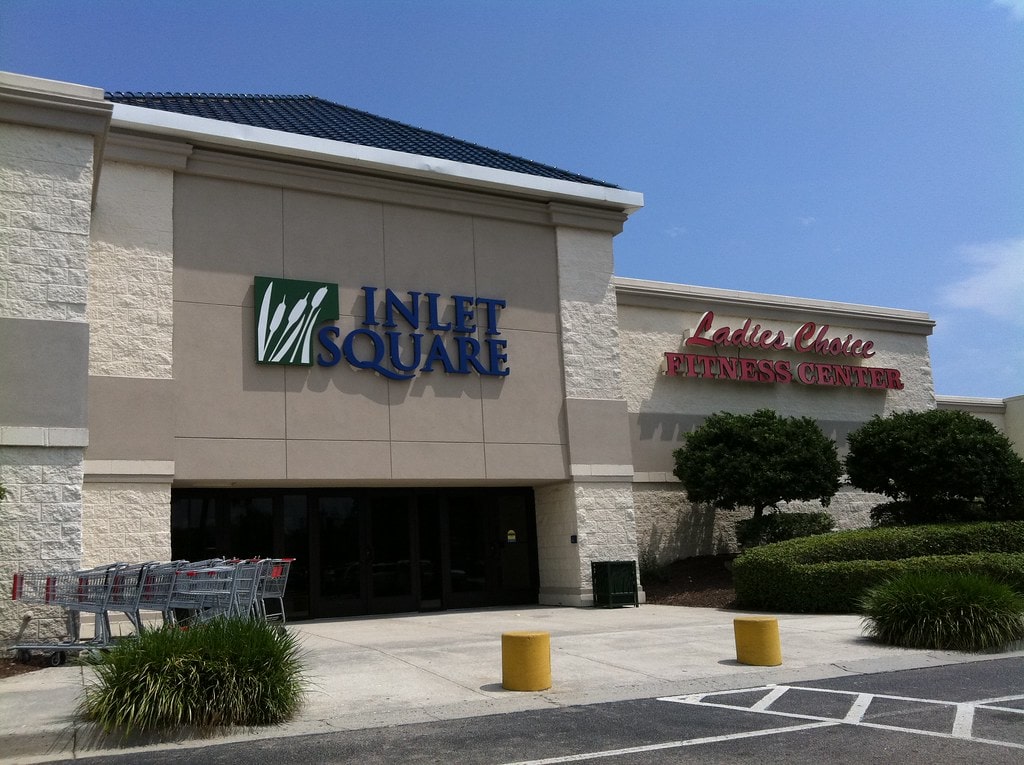
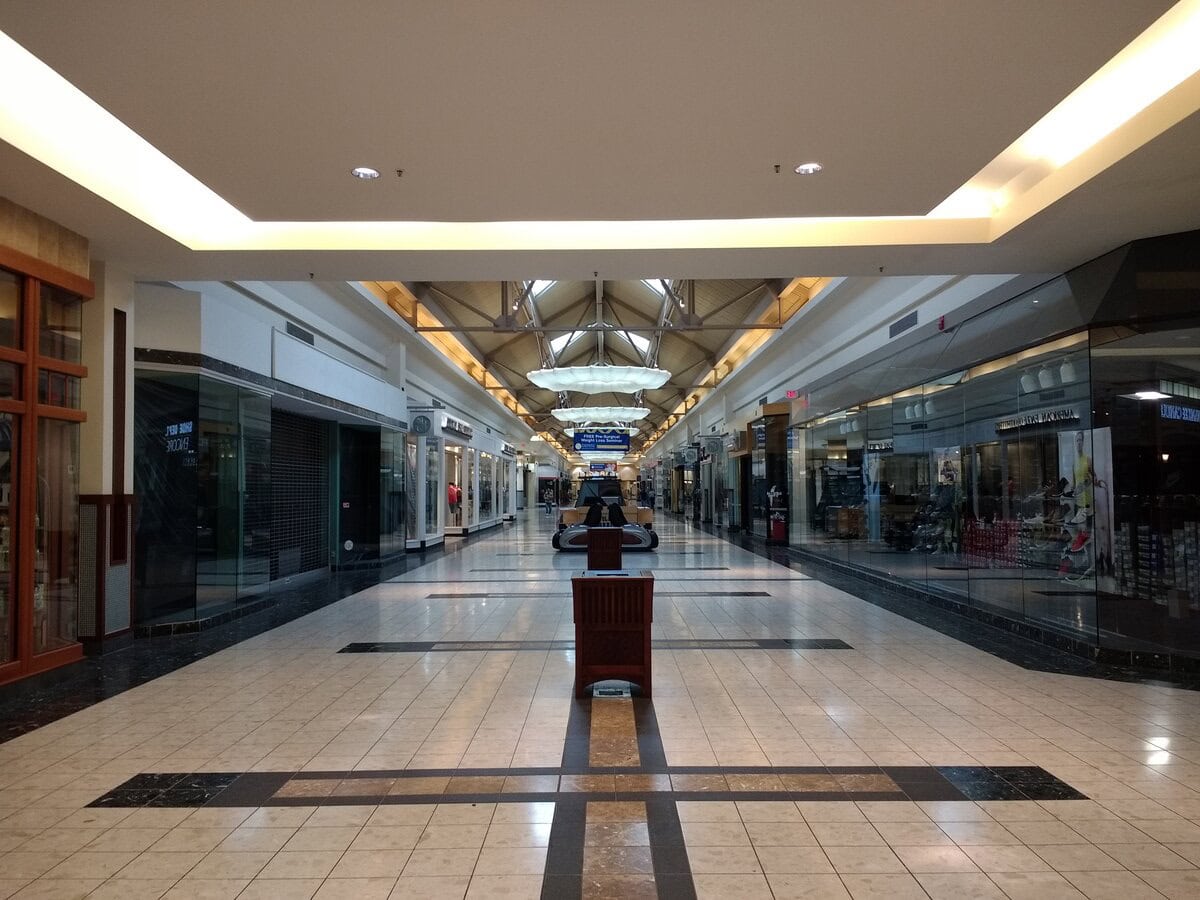
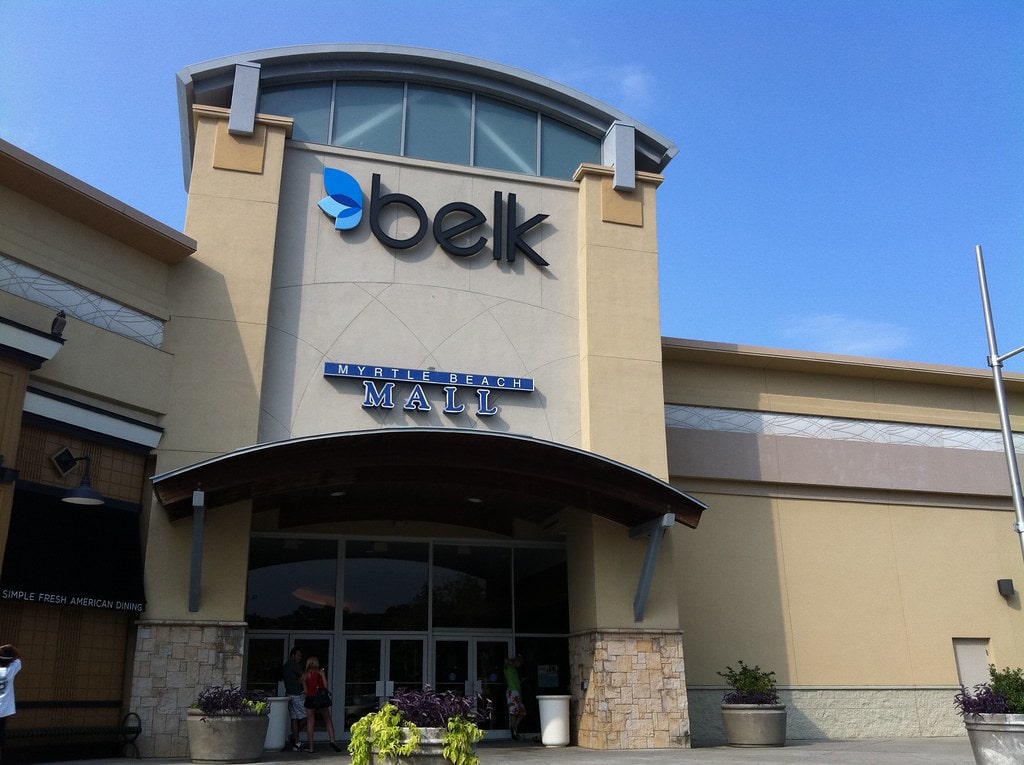
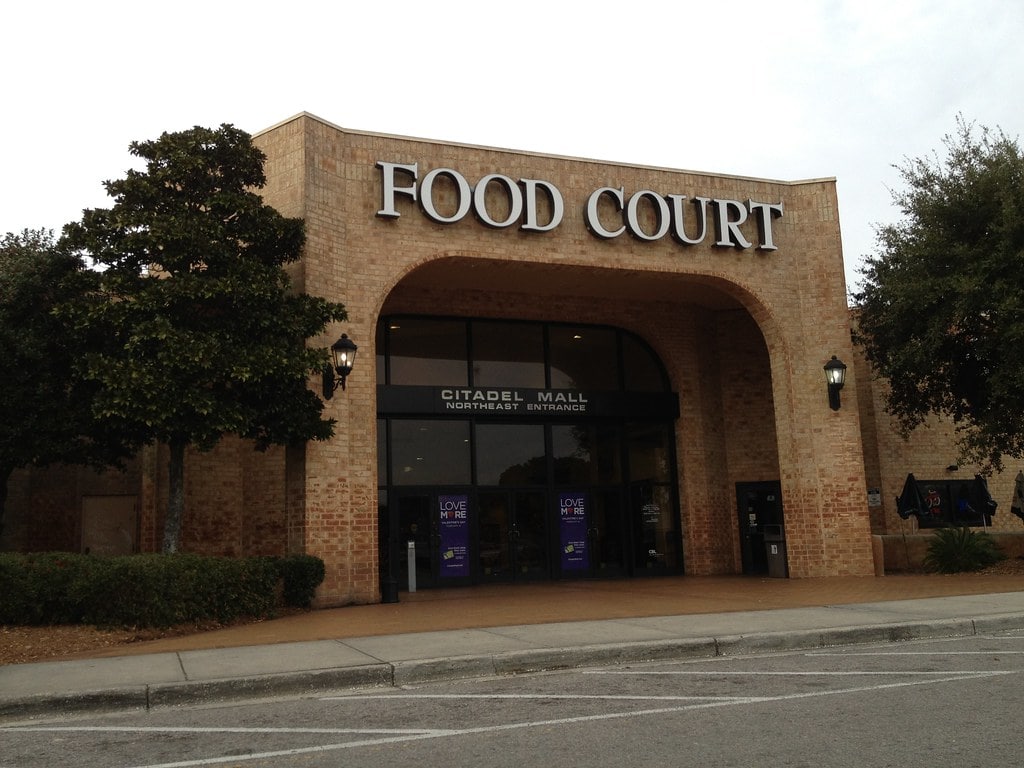
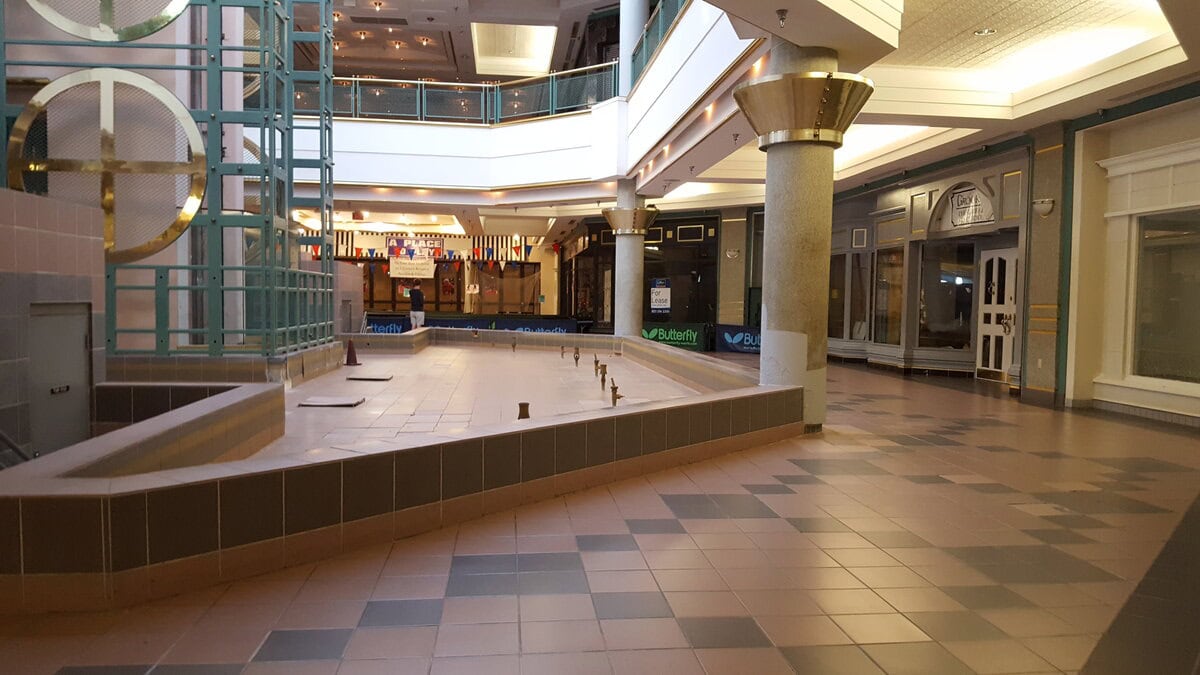
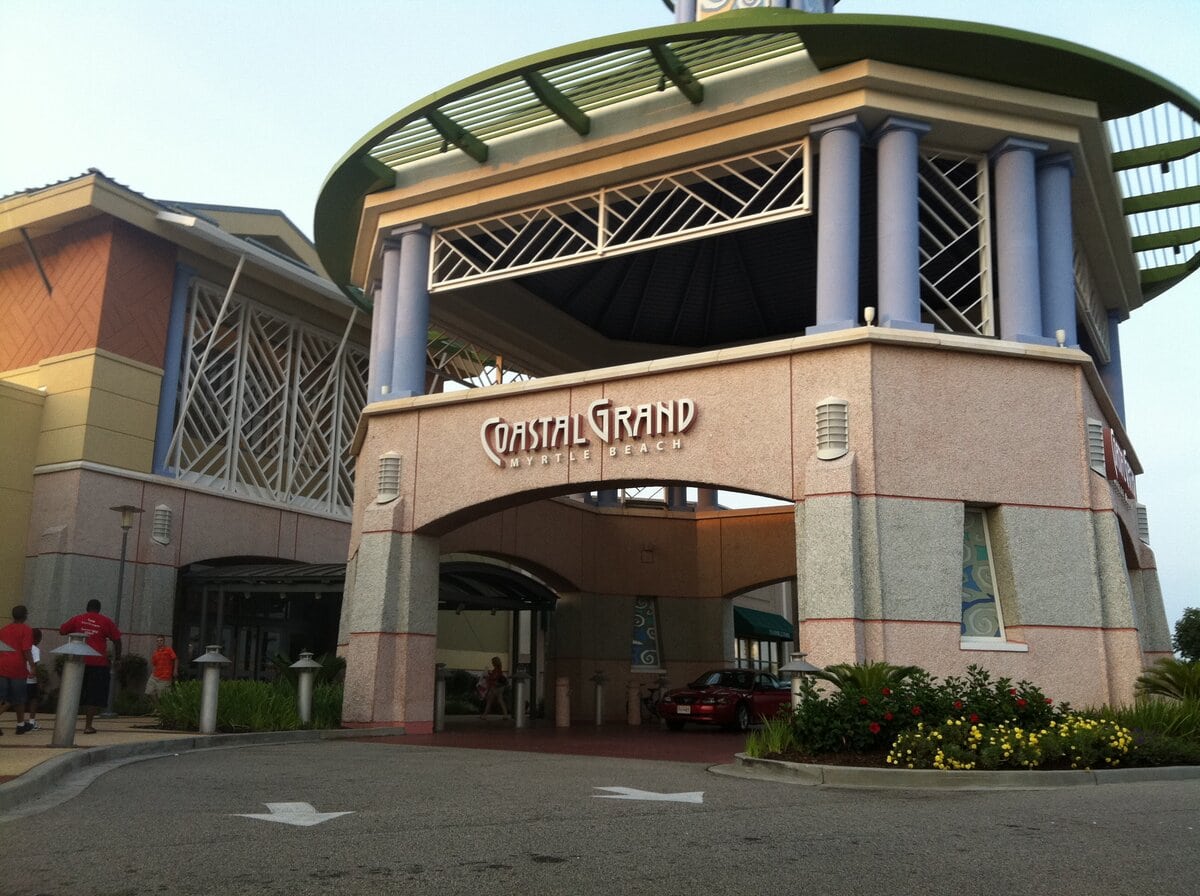
Actually, Thalhimer's did not open when the mall opened in July 1981. It opened a couple of weeks later in August 1981. I vividly recall they had banners on all four exterior corners of their store under the Thalhimers signs that stated they would be opening August 9th.
Thank you for this correction and for the specific date. That kind of detail is exactly what gets blurred over time, and having someone who remembers the banners and the August 9th opening anchors the timeline.